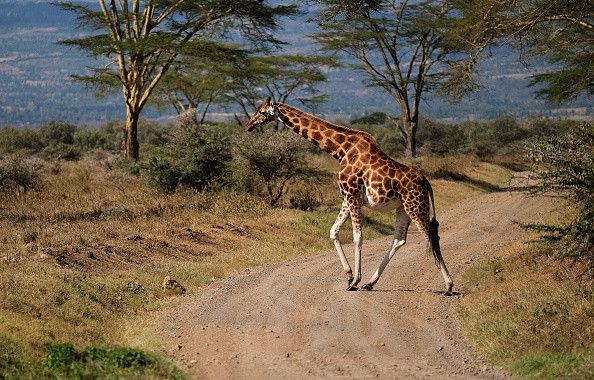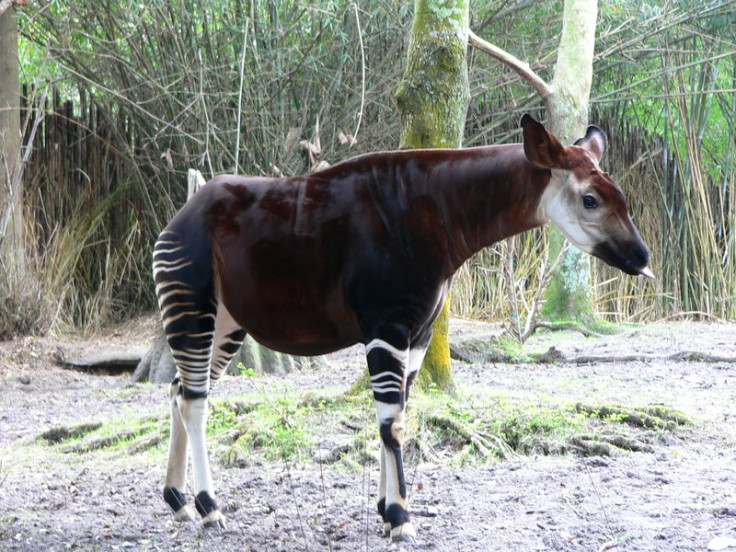Why do giraffes have long necks?

Giraffes are among the world's tallest animals, and researchers may have discovered why that is by studying their genome. With its long neck and tall legs, the mammal can reach up to 6 metres in height (19 ft) as a consequence of major evolutionary changes, which remain puzzling for scientists.
The study, published in Nature Communications, compared the genome of giraffes with its closest living relative, the okapi, as well as forty other mammals, including cows, camels, sheep and even humans.
The goal was to identify specific genes that explain the giraffe's evolutionary origins and its unique characteristics – including its long neck, its ability to sprint at a very high speed and its complex cardiovascular system.
"The evolutionary changes required to build the giraffe's imposing structure and to equip it with the necessary modifications for its high-speed sprinting and powerful cardiovascular functions have remained a source of scientific mystery since the 1800s, when Charles Darwin first puzzled over the giraffe's evolutionary origins," explains study author Douglas Cavener, from Penn State University.
Key genes for development and growth
Conducting a range of comparative tests between the genome of giraffes and other mammals, the scientists were able to pinpoint 70 genes in the tall animal which showed multiple signs of adaptation.
Looking at the okapi's genome was particularly useful because it is so close to the giraffe's, with the giraffe diverging from its common ancestor only 11-to-12 million years ago. The genetic variation between the two animals therefore worked well as a sort of 'control' for some of the giraffe's unique genetic changes.

Half of the 70 genes identified in giraffes coded for proteins, which impact the development and physiology of the skeletal, cardiovascular and nervous system.
Long neck and legs
One of the most intriguing aspect of the giraffe is, of course, its long neck and legs, which have the same number of bones as the neck and legs of humans and other mammals. "To achieve their extraordinary length, giraffe cervical vertebrae and leg bones have evolved to be greatly extended," Cavener says. "At least two genes are required – one gene to specify the region of the skeleton to grow more, and another gene to stimulate increased growth."

Among their findings, the researchers successfully identified such genes. One of them is known as the FGFRL1 gene. It plays a crucial role in controlling development, beginning at early embryo development stage, extending through the bone-growth phase after the giraffe is born.
The scientists now hope to investigate the effect of the FGFRL1 gene further, by introducing it in mice. They do not wish to create mice with a long neck, but to see if the rodents can affect differential growth of the spine and legs in a way that is predictive of the giraffe's unique features.
[embargo 17-MAY-2016 16:00]
© Copyright IBTimes 2025. All rights reserved.






















